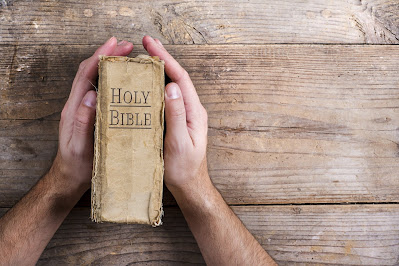The Value of Understanding your Current Location on the Life Cycle
Many of the churches I work with are seated in small towns across rural America. While their challenges mirror those of other churches, their context can present different hurdles, especially when compared with churches in large cities. Typically towns with low population and dated communities aren't at the top of the list for young leaders; if having a Starbucks was a deal breaker, many towns would be crossed off the list. As a result, churches in rural areas can struggle in attracting leaders from the outside. Even raising up and training local leaders can be a challenge because people often move away for better opportunities.
Here's are some stats from Lifeway Facts and Trends that further reveal the challenges of leading a church in rural America.
- The Hartford Institute for Religious Research, most American churches now have fewer than 100 in weekend worship attendance.
- As the percentage of small churches grew since 2005, median weekend worship attendance dropped across the nation. In 2005, the median attendance was 129. That fell to 105 in 2010 and down to 80 this past year. This means half of all American churches have a weekend attendance of 80 or less.
I have talked to many pastors who are living in the middle of these statistics. They are frustrated, tired and in many cases, ready to give up. If you're that pastor, please keep reading.
 First of all, understand that God has not abandoned small town America. He's doing some really awesome things across the country! A friend of mine serves as the lead pastor for Cornerstone Church in Litchfield, MN. This church sits in a small rural town with a population of 6700, but averages over 1200 people each weekend. They plan launch a multi-site campus this fall. Paul Jorgensen, the pastor, is passionate about reaching rural America. He is doing incredible a work! By the way, that's what it takes...passion. His church is one of many who are impacting small town America.
First of all, understand that God has not abandoned small town America. He's doing some really awesome things across the country! A friend of mine serves as the lead pastor for Cornerstone Church in Litchfield, MN. This church sits in a small rural town with a population of 6700, but averages over 1200 people each weekend. They plan launch a multi-site campus this fall. Paul Jorgensen, the pastor, is passionate about reaching rural America. He is doing incredible a work! By the way, that's what it takes...passion. His church is one of many who are impacting small town America. If your church is in a small town and stuck, here are a couple of steps you can take to begin moving forward. The first step is to ask this question, "What is our current location?" There is a reason google maps asks for your current location when you open the app. It's impossible to map out your journey without first discovering where you are. The same is true for churches. They must gain enough perspective to identify their current location. This isn't always an easy task. Quite honestly, it can be painful. As a leader, you have to be honest about your church's health. It is much easier to ignore unhealthy ministries than to deal with them. Unfortunately, many pastors turn their current location button to off to avoid the pain.
Although it can (and usually is) painful to have these conversations, determining current location really isn't a question of "Who's to blame?" It's really a question about, "What needs to change?" Without dropping a pin on reality, it's highly doubtful that you'll be able to build any plan or strategy to move forward.
I persuade you to sum up courage and take the Unstuck Church Assessment. This will give you clarity on where your church sits on the life cycle. This assessment will give you current location and provide talking points for a team discussion. Once current location is identified, you can begin looking at what's next and making the necessary changes to get there.




Comments
Post a Comment